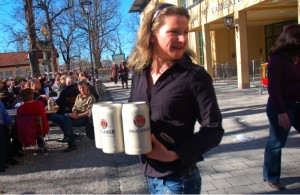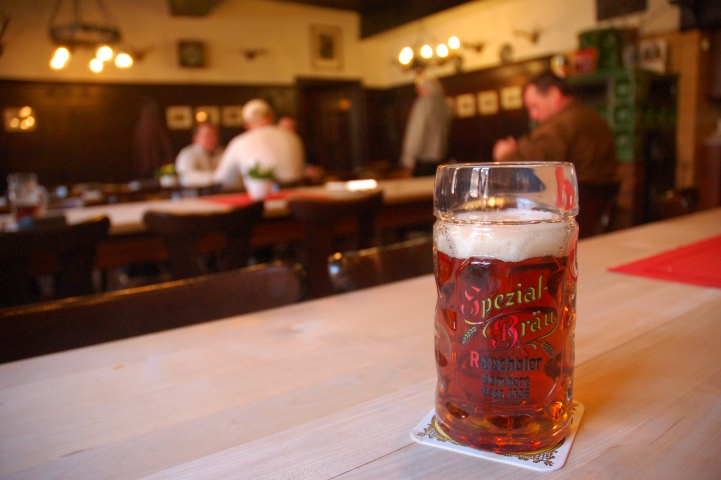
Today, many — if not most — European beers are made with barley. Earlier European beers, however, were made with any number of other grains. But then came the reformers: Bavaria’s Reinheitsgebot proscribed the use of anything other than barley in 1516; in Bohemia, the great brewing scientist František Ondřej Poupě, author of “The Art of Beer Brewing” (1794), helped kill off other grains at the end of the eighteenth century, famously declaring that oats were for horses, wheat was for cakes, and only barley was fit for beer.
So before barley was the only ingredient to use, what did beers taste like? They might have been a bit like the Historisches Emmer Bier from Germany’s Riedenburger brewery, made with malted emmer, einkorn and spelt (all early domesticated forms of wheat), as well as barley and modern wheat.












